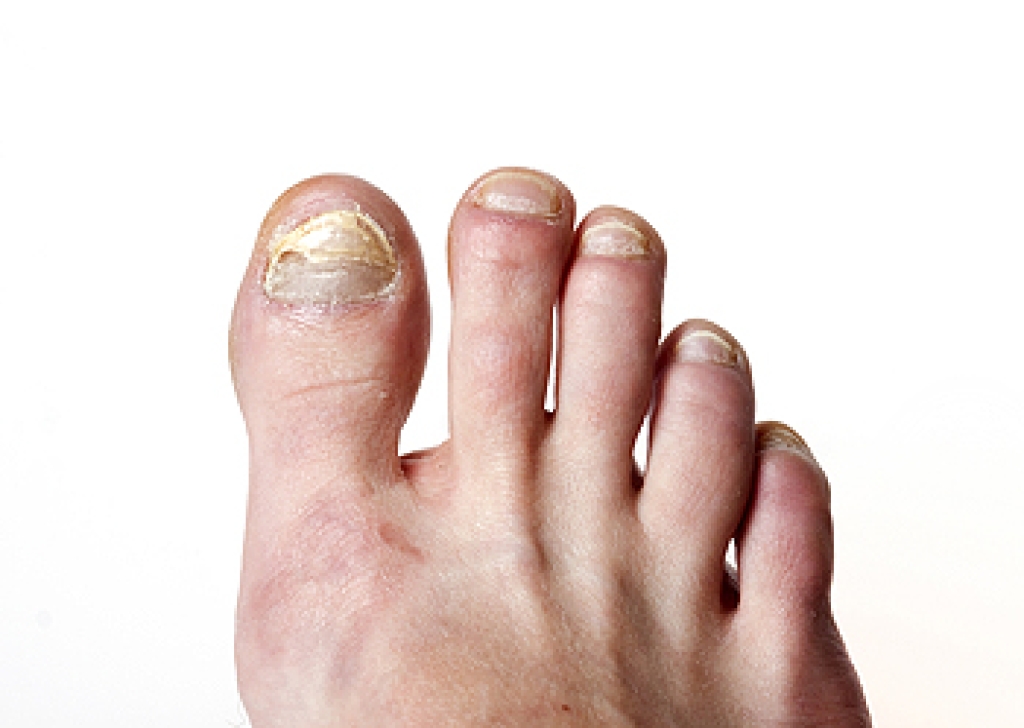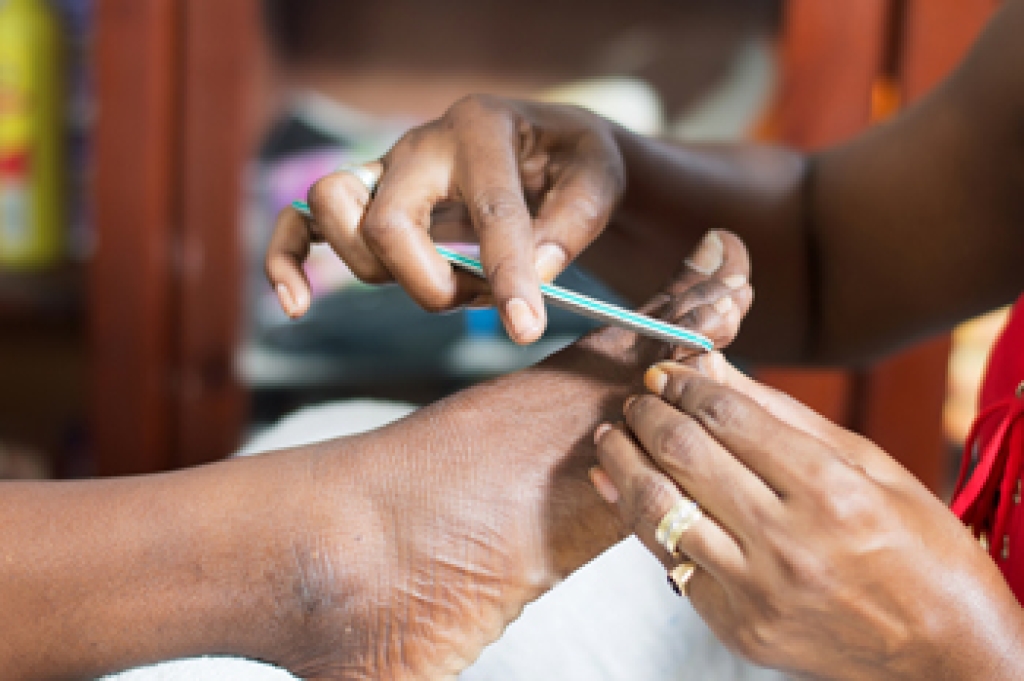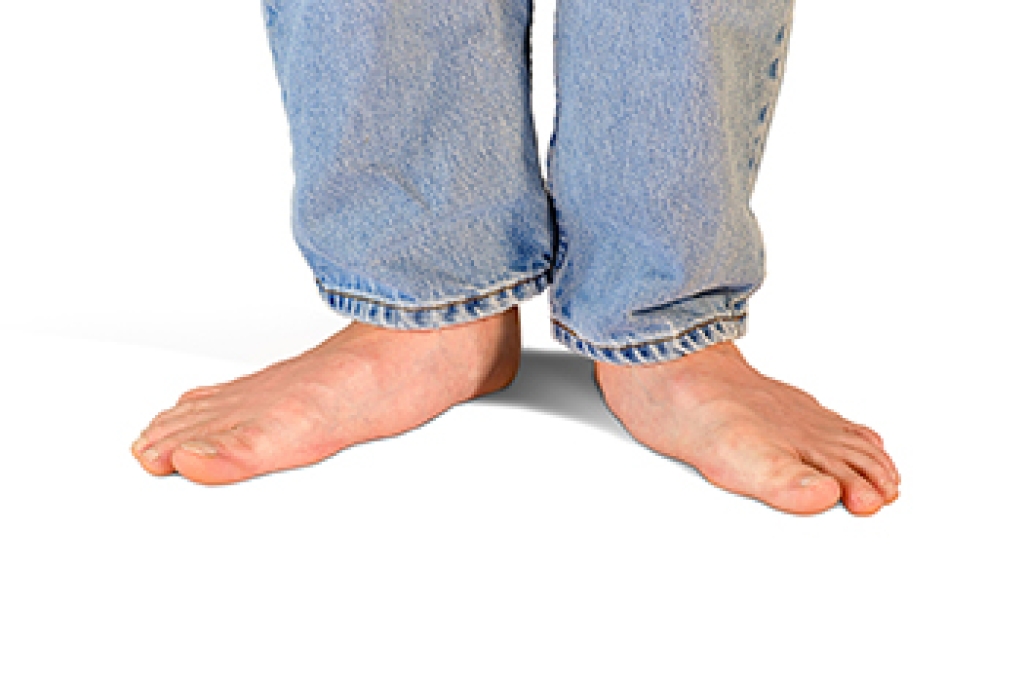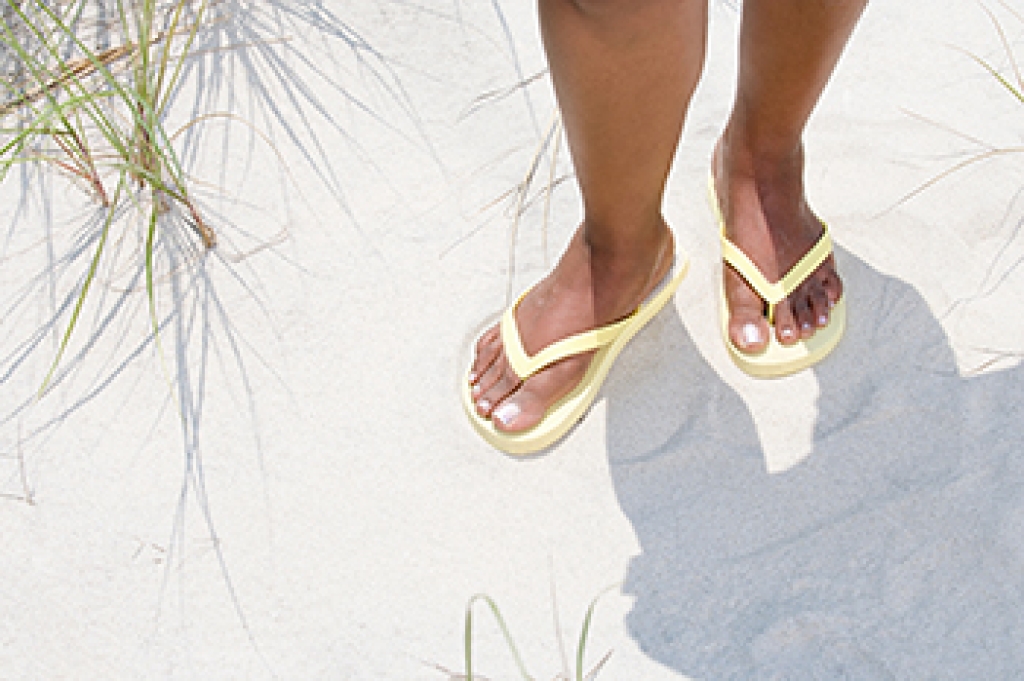Ankle pain may be caused by a variety of injuries, foot conditions, or systemic diseases. Injuries that commonly cause ankle pain include sprains, strains, and fractures. Achilles tendinitis, chronic bursitis, and flat feet are examples of foot conditions that may lead to ankle pain. Systemic diseases like arthritis, gout, poor circulation, and peripheral neuropathy can also cause ankle pain. Ankle pain will vary in intensity based on the nature of the condition. It may worsen over time, and be accompanied by swelling, redness, inflammation, redness of the skin, and warmth. The ability to put weight on the ankle may also be mildly or completely hindered. Patients who are suffering from ankle pain should consult with a podiatrist because podiatrists are highly skilled at diagnosing and treating all kinds of ankle pain. They are also able to use various diagnostic and treatment methods from conservative care to surgical reconstruction to treat the underlying condition.
Ankle pain can be caused by a number of problems and may be potentially serious. If you have ankle pain, consult with Warren Levy, DPM from Armitage Podiatry Center. Our doctor will assess your condition and provide you with quality foot and ankle treatment.
Ankle pain is any condition that causes pain in the ankle. Due to the fact that the ankle consists of tendons, muscles, bones, and ligaments, ankle pain can come from a number of different conditions.
Causes
The most common causes of ankle pain include:
- Types of arthritis (rheumatoid, osteoarthritis, and gout)
- Ankle sprains
- Broken ankles
- Achilles tendonitis
- Achilles tendon rupture
- Stress fractures
- Bursitis
- Tarsal tunnel syndrome
- Plantar fasciitis
Symptoms
Symptoms of ankle injury vary based upon the condition. Pain may include general pain and discomfort, swelling, aching, redness, bruising, burning or stabbing sensations, and/or loss of sensation.
Diagnosis
Due to the wide variety of potential causes of ankle pain, podiatrists will utilize a number of different methods to properly diagnose ankle pain. This can include asking for personal and family medical histories and of any recent injuries. Further diagnosis may include sensation tests, a physical examination, and potentially x-rays or other imaging tests.
Treatment
Just as the range of causes varies widely, so do treatments. Some more common treatments are rest, ice packs, keeping pressure off the foot, orthotics and braces, medication for inflammation and pain, and surgery.
If you have any questions, please feel free to contact our office located in Chicago, IL . We offer the newest diagnostic and treatment technologies for all your foot care needs.





